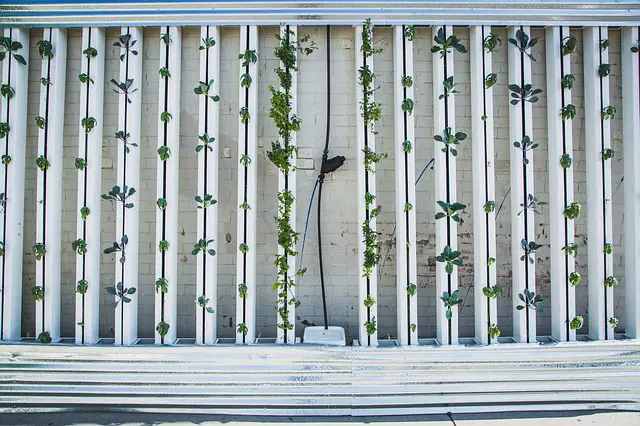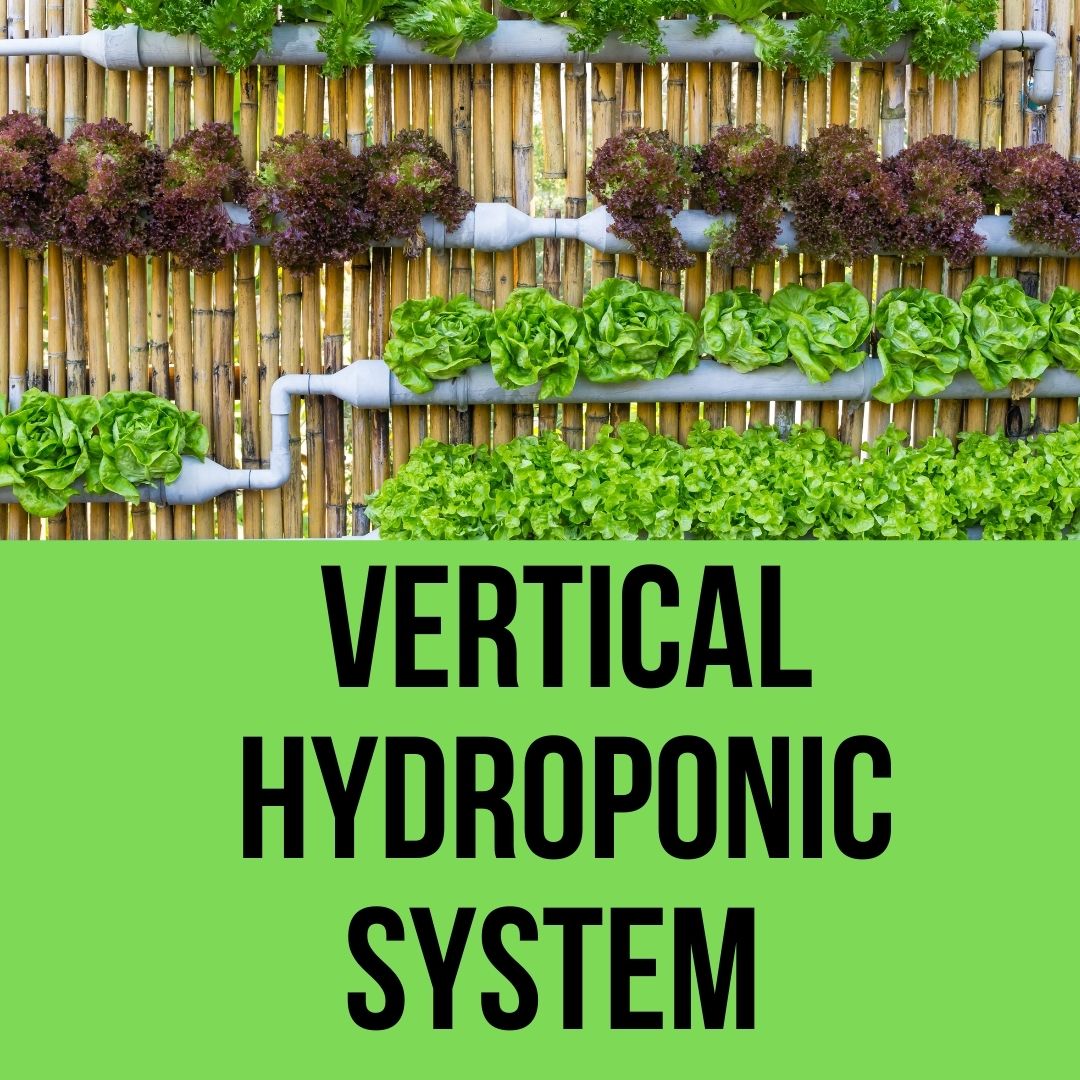Hydroponics is a farming method that does not need soil to grow plants. Instead, necessary minerals and nutrients are provided to plants using water to help them grow.
The technology is extraordinary in terms of water efficiency, it is up to 90 percent water efficient. The vertical hydroponic system is an iteration of hydroponic technology. They are hollow, pillars like contraptions that house plants and are installed with a hydroponic pump.
The hydroponic pump drives the water upwards through the hollow tube and when the water goes up it spreads. When it spreads gravity takes over and the water comes down on the plants in an equal proportion. So, every plant gets the same amount of nutrients and minerals.
The utilization of small spaces
The vertical hydroponic system is a technology that can revolutionize farming. Farming in general is a process that needs the farmer to think about the soil. A farmer chooses the corps according to the soil, chooses techniques and equipment that is best for the soil.
All these changes when it comes to the vertical hydroponic system. There is no soil involved and 55 space is enough for a vertical hydroponic system. These systems can be installed in balconies, roofs, and in any small place. They work both indoors and outdoors. Although indoors the lighting needs to be considered as the sun will be absent.
Water-efficient
The distribution of minerals and nutrients is done automatically through the pump. The pumps work differently for each plant but generally, they pump water every 3-15 mins. The water reaches the top and spreads evenly to all the plants, then the water is stored at the bottom. So the amount of water that is wasted is less than 10 percent. Hence this system is 90 percent water efficient.
Better yield
Normally a vertical hydroponic unit can house 28 to 35 plants, more if they are bigger and can yield harvest all year round in a controlled environment. The amount of yield per area is incomparable to other farming technologies. Also, the power to produce all year round with the same plant is nothing short of incredible.
A vertical hydroponic system is good for growing lettuce, spinach, strawberries, kale, broccoli, coriander, swiss chard, etc. The system is quite good for leaf-based vegetables and plants. They are plants that can be harvested year all around without planting again. They also show substantial growth in the hydroponic system. The plants can be ready to harvest in 20-26 days after they are planted.

No need for nurturing
Plants in the hydroponic system do not need additional nurturing, unlike soil-based farming. The supply of minerals and nutrients is controlled by the machine. The motor does the work after fixed intervals and there is no need for fertilizers. The weeding process is very tiring for farmers and in vertical hydroponics the need for weeding is non-existent. Also, a farmer does not need to worry about suffering from soil-based pests or diseases.
The true taste
The taste of the harvest is also very different compared to the traditionally farmed corps. The vegetables and fruits farmed using a vertical hydroponic system have very rich flavors, refined taste, unique freshness, and strong colors.
The taste is different due to the absence of dirt, many defined the vegetables farmed in hydroponic farms do not have the soil smell. The vegetables only have their unique taste and flavor. Although the concept of taste is subjective it is true that the crops taste much better in hydroponics without the fertilizers and pesticides.
The Cons of Vertical Hydroponics
The vertical hydroponics system is a system with many benefits but it is not without flaws. The system is very compact and water-efficient. However, it is also very expensive to maintain.
Lights
In indoors it needs artificial lights, the lights have to be arranged in a way that covers all the plants equally. If every plant does not get the same amount of light it cannot grow properly so the whole system might fail to become profitable.
The Pump
For vertical hydroponics, the pump is like a heart, if it fails to perform there may be various difficulties. The pump needs to efficiently pump the water to the top and have enough force so that it can spread to all the plants. The pump sometimes becomes responsible for the death of plants in the lower part of the vertical system because of inefficiency. If it does not work properly the water may sit at the bottom and overflood the bottom level plants, causing them to die.
Best Hydroponic Gardening Kits Reviews
Expensive materials and equipment
Also, the nutrients and minerals that are needed for the system are not cheap. The materials cost a significant amount of money. The same can be said for the other equipment such as lights, ventilation system for indoor farming, the motor, and most importantly the whole system if it’s bought from certified hydroponics manufacturers.
Limitation of Plants
The vertical hydroponics system is not suitable for every type of plant either. The plants that can be grown by the vertical hydroponics system are limited. So, these factors should be considered if someone is thinking about farming with the vertical hydroponics system.
All things considered, the vertical hydroponics system is quite efficient. The cons can be all dealt with, with the help of sufficient funds and expertise. The system is expensive that is true but the benefits it has are not at all negligible.
Nowadays the food that comes to us mainly is grown in villages or remote areas. They lose their nutritional value in this journey and also the transport cost added with the cultivation cost, makes them expensive. All these can be dealt with with a vertical hydroponic system.
Conclusion
If we can make the vertical hydroponic system popular among the general people, we can have efficient farms in the cities and they will provide for thousands of people. Food will also have its freshness and nutritional values intact.
In the long-run food grown in a vertical hydroponic system may become cheaper than traditional farming. Technology has a bright future in industrial farming. So, it is a technology every farmer should learn about.
